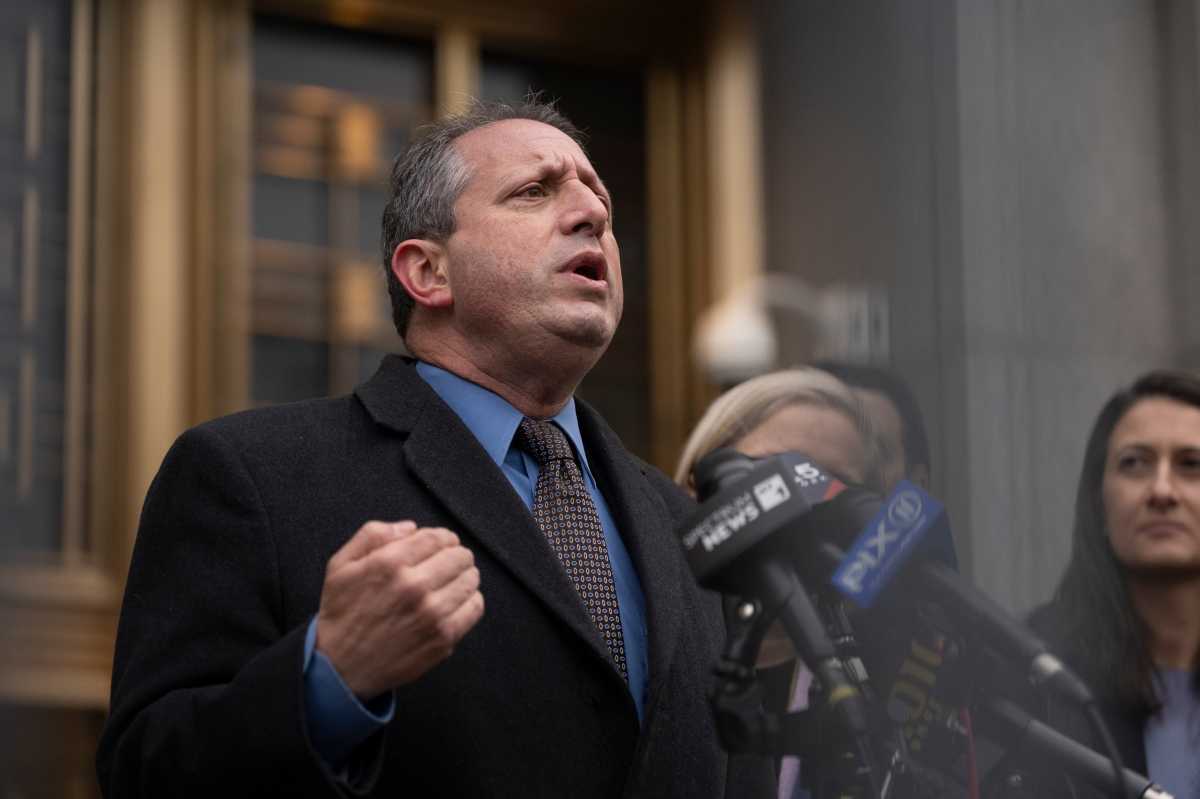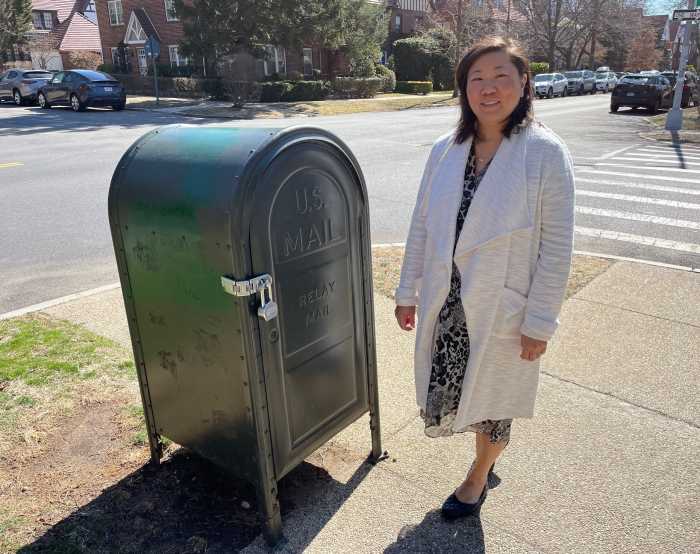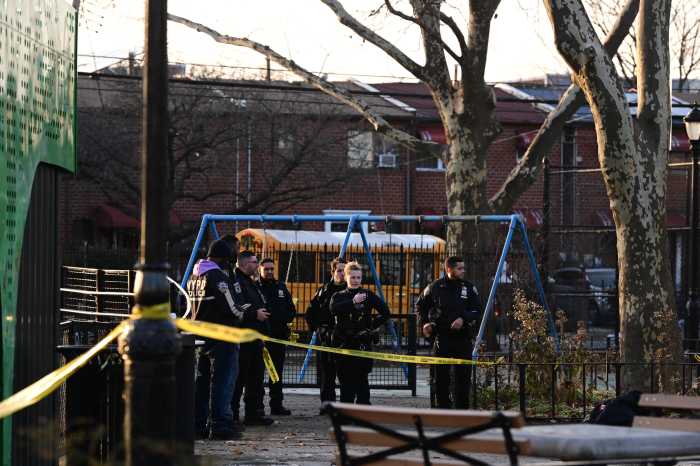Fernando Castano, 55, who has run the Brooklyn Heights Shoe Repair shop just inside the Clark Street subway station for 18 years, looked up from his workbench where he was resoling a pair of shoes.
“I have very high rent,” Castano told Kings County Politics. “If the station closes down I stand to lose 70 percent of my business.”
The 100-year-old 2/3 subway train station, which has a number of small businesses in it, is only accessible by three elevators–all of which are in a state of disrepair. While most of the residents and members of the community agree that the repair is necessary, the Metropolitan Transit Authority’s current idea of a year-long shut-down has been met with great concern.
And last night, lawmakers representing Brooklyn Heights including Assemblymember Jo Anne Simon, State Sen. Brian Kavanagh, Brooklyn Borough President Adams, City Council Member Levin, and U.S. Rep. Nydia Velazquéz brought in NYC Transit President Andy Byford to a meeting at St. Francis College to address the agency’s plan to address the aging elevators at the station.
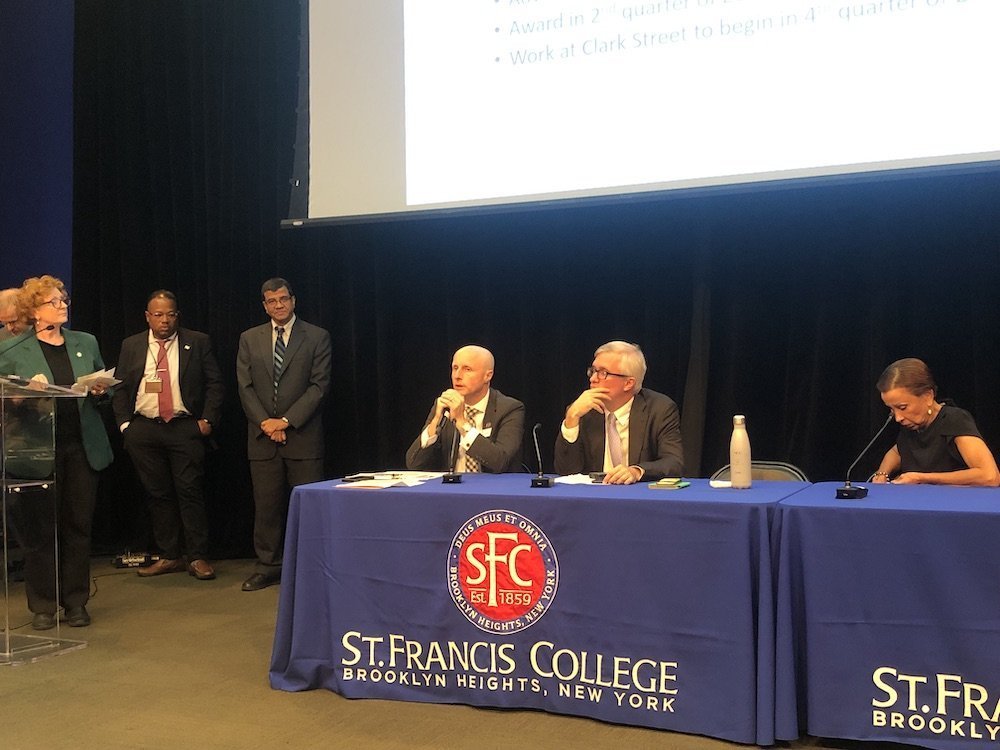
“I think it is important, it is essential that we have a dialogue, a discussion. It is a fact that those elevators have to be replaced and we need to look at what are the best options, the least disruptive, and the least painful,” said Velazquéz.
On behalf of the MTA, Byford staked a strong preference for a complete shutdown of the station and train bypass for 8 months arguing that it would be the quickest, and the least expensive option (by approximately $6 million). The other options presented were, no bypass with 2 elevators operational at all times which would take 24 months, and no bypass with 2 elevators operational during peak hours which would take 22 months.
While these options would leave the station operational, Byford raised concern about the unreliability of the elevators.
“We will do our damnedest to keep them working, and I can put fitters there I can try to keep them working but history shows that they are going to fail. In which case de facto, we’re onto bypassing. So you can either have the certainty of knowing that we are going to get in, get the work done, and get out to give you back a station which is inherently better than that which we inherited, or that which you left behind. Or, we can struggle on through and try to keep these things working, but I would have to flag if an elevator fails we would end up de facto bypassing the station,” said Byford.

A few attendees argued for shuttle bus provisions in case of a complete shutdown, to which Byford seemed receptive to put down under “serious consideration”.
In response to concerns about the businesses inside the station, NYC Transit Assistant Director for Government and Community Relations Andy Ingles stated that there will be rigorous communication between his department and the store owners to determine their needs and find a way that best fulfills them.
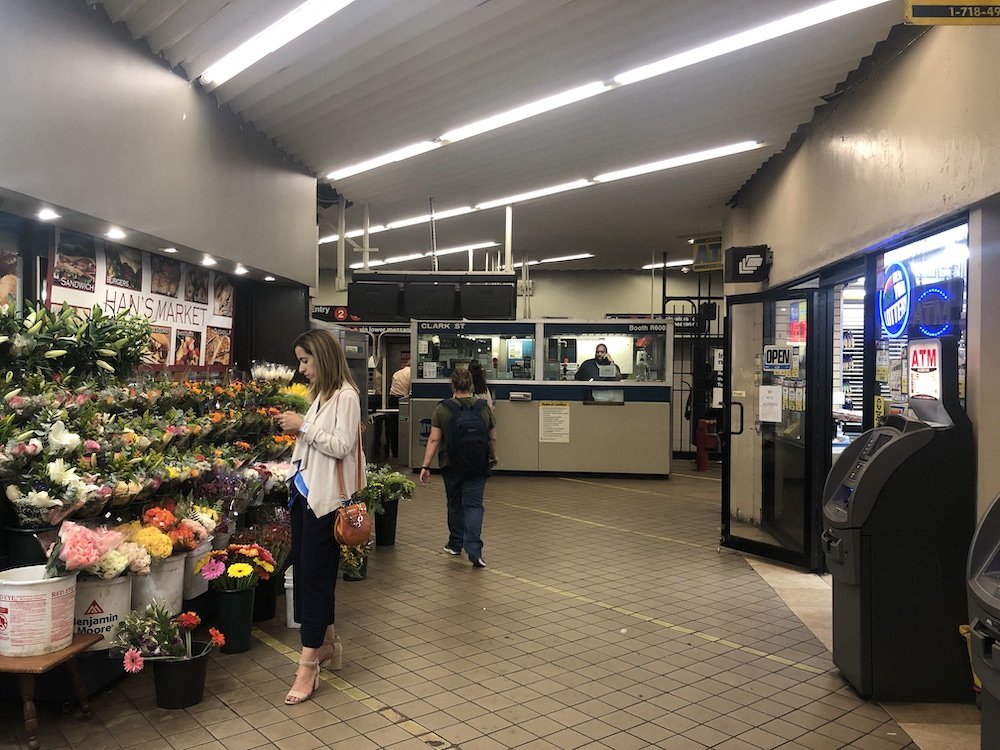
This statement was met with widespread discontentment from community members at which point Byford stepped in to state that there will be robust advertisements to make sure the community knows the stores are open for business. However, this too failed to mollify the crowd sufficiently, ironically, leaving the greatest concerns about the project an unsatisfactory answer.
The meeting concluded with surveys handed out regarding which option was most favorable of the three the MTA presented. Kavanagh announced that the surveys would be handed out at the Clark Street Subway Station along with being made available online.





